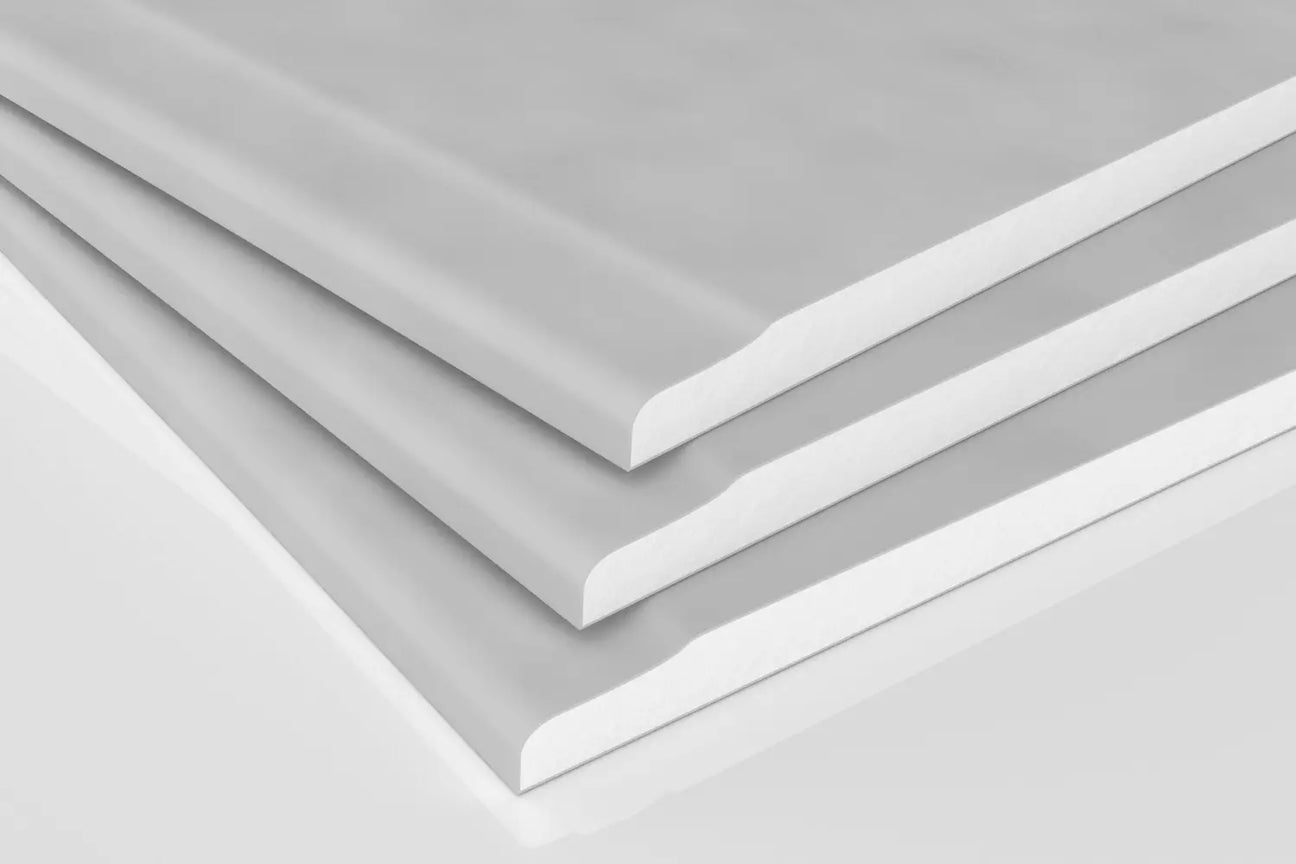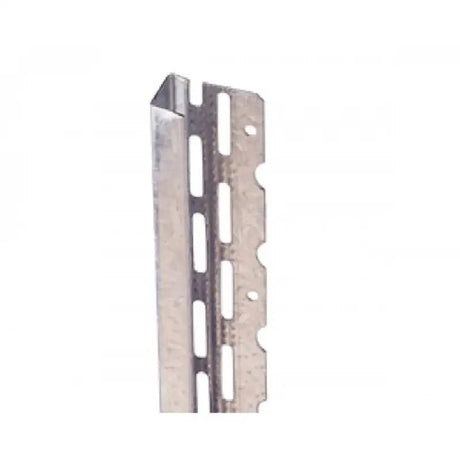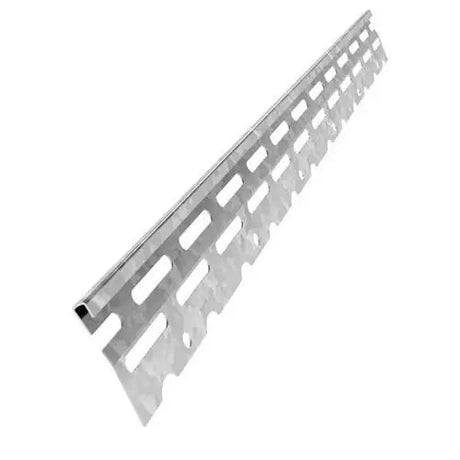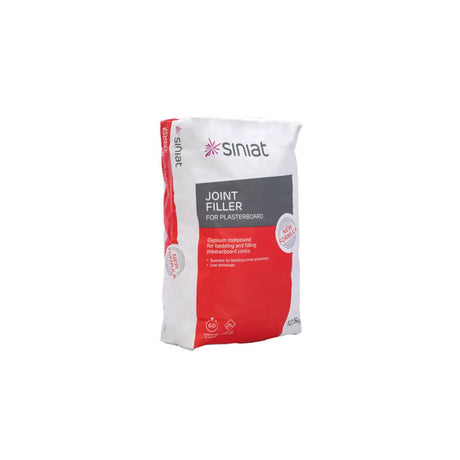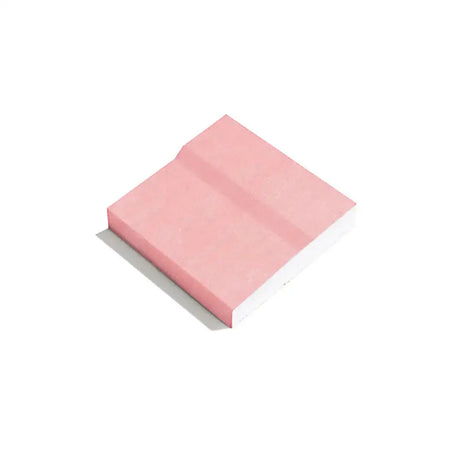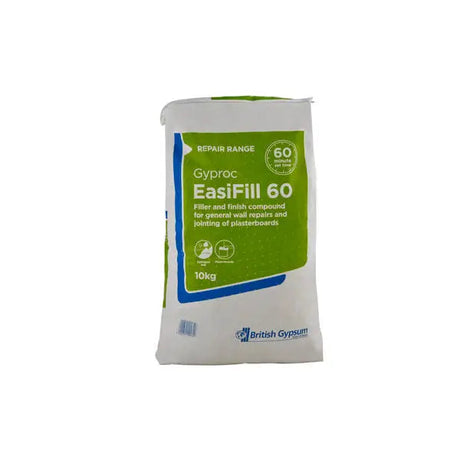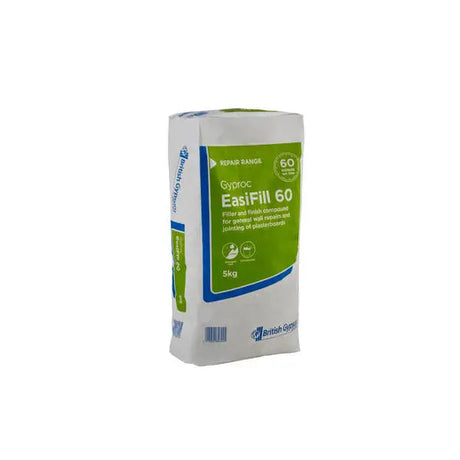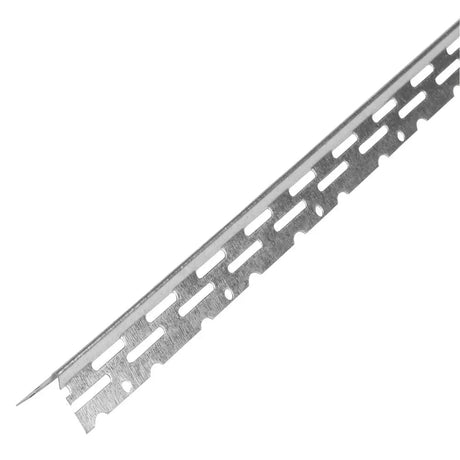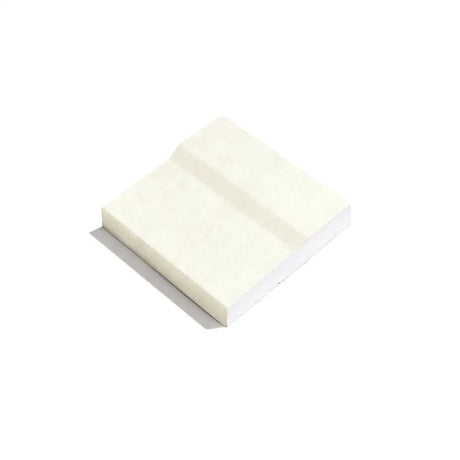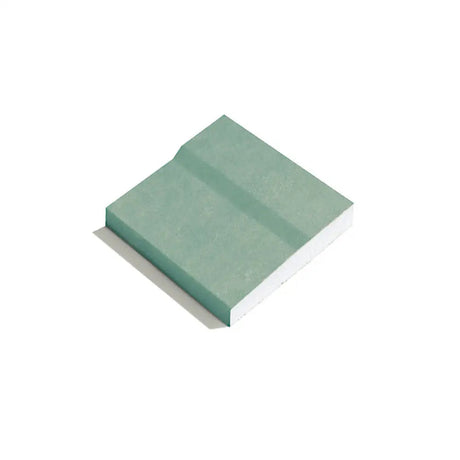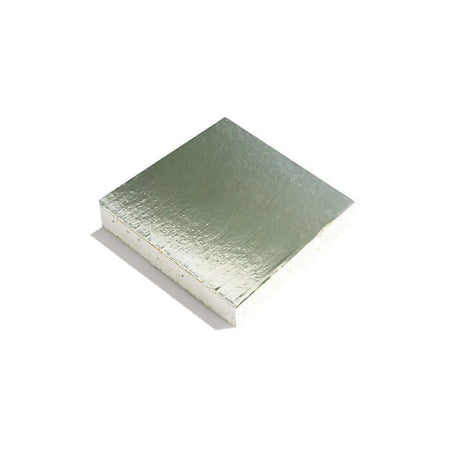Siniat
Siniat GTEC Fire Board 12.5mm Thickness Tapered Edge Plasterboard (1.2mx2.4m)
From £2760Unit price /UnavailableIn stockSiniat
Siniat GTEC Megadeco 12.5mm Thickness with Fire,Acoustic & Impact Performance
From £3583Unit price /UnavailableIn stockSiniat
Siniat GTEC Universal Board 12.5mm Thickness Tapered Edge
From £3320Unit price /UnavailableIn stockSiniat
Siniat GTEC Moisture Board 1200mm Length 12.5mm Thickness Tapered Edge
From £3104Unit price /UnavailableIn stockSiniat
Siniat GTEC Vapour Board 12.5mm Thickness Tapered Edge
From £2972Unit price /UnavailableIn stock
A Quick Guide to Buying and Working with Plasterboard
Plasterboard, also known as drywall or wallboard, is one of the most commonly used interior building materials. Comprised of a gypsum plaster core between thick sheets of paper, plasterboard offers many benefits for construction and renovation projects.
Here we cover the basics you need to know about buying and working with plasterboard to finish your walls and ceilings.
Benefits of Using Plasterboard
There are several reasons why plasterboard is such a popular choice for constructing interior walls and ceilings:
Cost-effective: Plasterboard is an affordable material that also allows for fast installation. The modular panels make covering large surface areas simple and cost-efficient.
Versatile: Plasterboard comes in various grades and types, including moisture-resistant, soundproof and fire-rated boards. This versatility allows it to be used in wet areas, for noise control, and to meet building codes.
Smooth finish: Joints between plasterboard panels are filled and taped to create a seamless surface ready for decoration. No need for extensive plastering.
Lightweight: Plasterboard panels are lightweight, making them easy to handle and install. Weight is an important factor, especially for ceilings.
Easy to work with: Plasterboard can be cut and shaped easily using basic hand tools. No special skills are required for installation.
With these advantages, it's easy to understand plasterboard's popularity in construction. Next, let's look at the types of plasterboard available.
Types of Plasterboard
There are many varieties of plasterboard to suit different applications:
Standard plasterboard: The most common and affordable option suitable for most rooms.
Moisture-resistant: Has a water-repellent additive to prevent moisture damage. Ideal for kitchens, bathrooms and laundry rooms.
Fire-rated: Contains glass fiber and other additives to provide fire resistance. Often required by building codes for garages, furnace rooms, and stairwells.
Soundproof: Uses sound-absorbing materials to reduce noise transmission. Helps meet sound transmission standards between units in apartments.
Insulated: Includes an inner insulating core (polystyrene or rigid mineral wool) to improve thermal performance. Used to enhance energy efficiency.
Impact-resistant: Reinforced with fibreglass to create tougher panels that resist dents and physical damage. Useful in high traffic areas.
Mold-resistant: Contains anti-microbial additives to prevent mold growth. Helpful in humid environments like basements.
Foil-backed: A foil facing is laminated to one side to act as a vapor barrier. This reduces condensation within walls.
Always choose the grade suitable for each application. Consulting building codes is recommended.
Plasterboard Sizes
Plasterboard comes in a range of standard widths, lengths and thicknesses:
Widths: Common widths are 48" and 54" (1200mm and 1350mm). Narrow 28" boards are also available.
Lengths: Lengths range from 8' to 16' feet (2400mm to 4800mm). Longer lengths reduce butt joints.
Thicknesses: Regular board is 1/2" (12.5mm) thick. 5/8" (15mm) is also used for more robust areas. 1/4" (6mm) boards are used for curved walls.
Consider the wall or ceiling dimensions to calculate the number of boards needed. Combine different sizes efficiently to reduce waste.
Plasterboard Tools & Accessories
Installing plasterboard requires some specialized tools to cut, fix and finish the panels:
Utility knife: Essential for accurately cutting and shaping boards. Use a drywall knife for long cuts.
Power saw: A circular saw with fine-tooth blade makes cutting fast and neat. Jigsaws are good for openings.
Drywall screws: Special self-tapping screws come in lengths suited for different board thicknesses.
Drywall tape: Paper or fiberglass mesh tape embedded in joint compound creates durable seams between boards.
Joint compound: An all-purpose filler and finishing material used for embedding tape and skim coats.
Corner beads: Metal or plastic corner trim provides neat, straight edges on outside corners.
Taping knives: Different sizes are used to embed tape and apply joint compound.
Sanding tools: Help smooth joint compound between coats and before painting.
Lifting handles: Allow safe lifting and positioning of ceiling boards.
Temporary shims: Provide support while attaching boards to the framing.
Investing in the right tools makes plasterboard installation much simpler.
How to Install Plasterboard
With the right materials and tools, you're ready to start your plasterboard project:
Ensure framing is straight, secure and suitable for the board thickness.
Insert temporary shims to bridge any gaps wider than 1/4".
Measure and cut boards to required sizes and openings.
Lift and fasten boards to framing with drywall screws, spacing screws 8"- 12" apart.
Ensure boards are flush at joints and corners. Leave 1/8" gap where boards meet framing.
Fill joints and gaps with drywall compound and embed joint tape, completing all finishing layers.
Smooth board faces with a skim coat of drywall compound, allowing drying between coats.
Carefully sand surfaces to remove any ridges and imperfections. Avoid damaging the paper.
Apply primer and desired paint or texture finishes once board faces are properly prepared.
Remove any dust and clean surfaces thoroughly before decorating.
Follow manufacturer's instructions for joint compound drying times. Proper techniques will result in a flawless plasterboard finish.
Health and Safety When Working With Plasterboard
Like any construction project, safe working practices are vital when installing plasterboard:
Use appropriate lifting techniques and get assistance carrying heavy boards.
Wear dust masks, gloves and eye protection when cutting and sanding.
Work in well-ventilated areas and use local exhaust if extensive cutting is needed.
Clean up dust to avoid breathing particleboard dust over prolonged periods.
Maintain tidy work areas and clear debris to prevent slips or falls.
Follow safe practices on ladders, scaffolding or lifts when working at height.
Use power tools properly and unplug when not in use.
Staying safe should be the top priority. Stop work if conditions are hazardous.
Plasterboard offers a versatile and cost-effective solution for constructing interior walls and ceilings. With the right materials, tools and techniques, you can achieve professional-looking results. Carefully planning the project and following safety procedures will lead to success.

